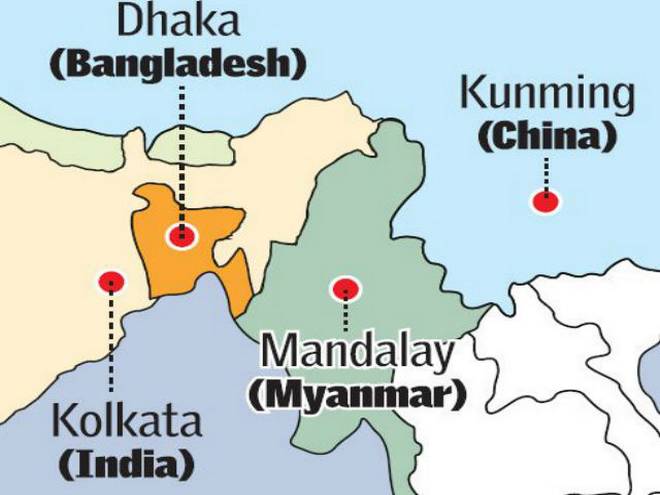7667766266
enquiry@shankarias.in
BCIM Economic Corridor

Projects under Belt and Road Initiative of China
Other projects in which India is a member
Global Food Policy Report
Beluga Whale
Cryptozoology
Mango showers
Source: The Hindu, Times of India, Down to Earth